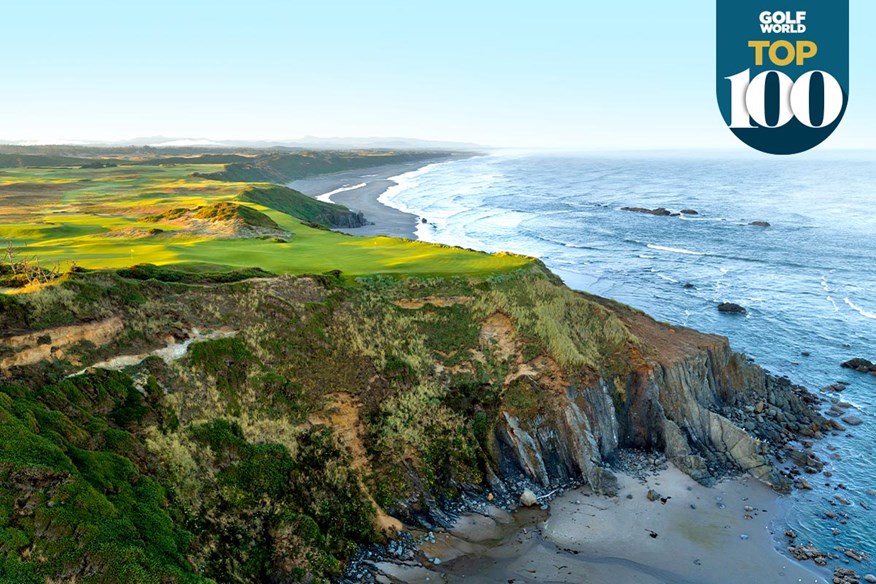The World’s Best Golf Resort: Story of Bandon Dunes
Last updated:
Build it and they will come: The story of Bandon Dunes, the best golf resort in the world.
Built on 1,000 acres of unruly gorse in the back of beyond, few expected Oregon’s Bandon Dunes to thrive when it first opened in 1999. Two decades on and as it opens its fifth course, it has become one of the world’s greatest golf destinations.
Tony Dear took a trip way out west to tell the tale of the Golf World Top 100’s No.1 resort.
RELATED: The Best Golf Resorts in the World
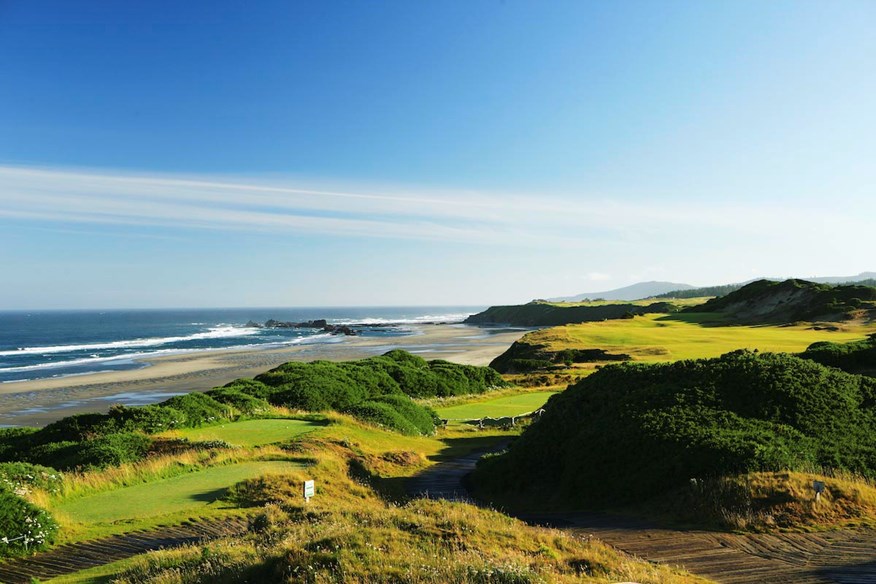
Two days before, the rain had poured and the wind had blown, but on this particular late spring weekend, the sky is a delicate blue, the temperature reaches the low 20s Celsius, and what wind there is adds an amusing twist to the proceedings. It is, in short, a perfect day for golf at Bandon Dunes and everyone present is having a hard time believing their luck.
The weather is only half the story, though. Two dozen or so fortunate links-lovers are out playing the nine holes of the Sheep Ranch, the recent addition that opened only last month.
Golf has actually been played on the Sheep Ranch for the last 20 years, when Tom Doak built 13 greens on 105 acres of the 400-acre property Mike Keiser and business partner Phil Friedmann had purchased from an energy company that used it as a wind farm. Keiser, of course, is the man behind the Bandon Dunes Golf Resort and it was his love of the game, adventurous spirit, determination, and money that took a wild idea very few thought could work and turned it into an extraordinarily popular golf destination that currently employs more than 550 locals and to where more than 50,000 eager golfers travel every year.
RELATED: The 100 Most Influential People In Golf
Until now, the Sheep Ranch was never part of the resort, but an entirely separate property on which Keiser and Friedmann had at one point considered building an exclusive private club, but Keiser felt uncomfortable adding a private venture to the very public facility he had built on the other side of Whiskey Run. So the ‘course’ remained open to anybody aware that it existed, contacted its caretaker, Greg Harless, to schedule a time to meet at its swinging gate entrance, then paid the $100 ‘green fee’.
Once out there, golfers had the freedom to create pretty much any golf course they could imagine as there were no formalised holes as such. You could frolic on the Ranch for as long as you liked, play as many holes as you liked, and, if you liked, bring a cart-load of beers to knock back while you zig-zagged across the spectacular clifftop property. Everyone’s favourite ‘hole’ was any that ended on the amazing 20,000sq ft ‘E’ Green perched on the bluff at Five Mile Point. That green now serves two holes – the 3rd and 16th – as part of a complex, but brilliantly-conceived, routing created by Bill Coore.
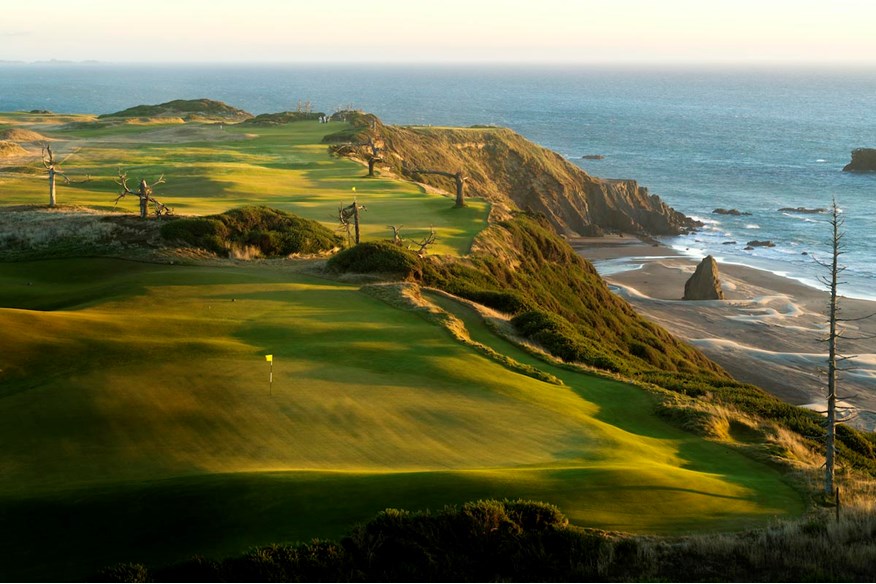
Coore and his design partner, Ben Crenshaw, were chosen for the job of designing the new Sheep Ranch in 2016 when Keiser and Friedmann decided it was time their property became part of the resort. Choosing Coore and Crenshaw to design your golf course is usually an easy decision, but this time Keiser had to reject both Doak, who had built the original greens after having completed the resort’s second course, Pacific Dunes, and Gil Hanse, who was once the frontrunner for the job and whom Keiser had picked to build Bandon Muni – a project he was forced to abandon in September, 2015 because of state restrictions.
“It was a potentially awkward situation,” says Coore now. “Tom and Gil are special friends who would have designed amazing courses, so I called them both to make sure there were no hard feelings.”
It was a typically classy move for a man of Coore’s integrity, and he surely justified the faith Keiser had shown in him by coming up with an exceptional design that put nine greens on the cliffs and produced a number of holes that will become firm favourites among Bandon Dunes regulars before long. The Sheep Ranch is built on what Coore describes as a “mixture of dirt, sand, and a heavy reddish soil called Red Shot”.
“There was sand in several pockets below the heavier soils”, he adds. “We mined it and used it to construct the greens and tees, and cap some areas of the fairways.”
The course will therefore play every bit as firm, fast, and linksy as its neighbours. “All the tees, surrounds, and greens have been hydroseeded with a pure fine fescue mix,” says Eric Langford, the Sheep Ranch assistant superintendent, “while most of the fairways and rough are a mix of fescue and native turf – poa annua and bentgrass.”
RELATED: Golf World Top 100: Best Golf Resorts in Portugal
Really, the only thing that will be missing at the Sheep Ranch is sand bunkers. Some of the most artistic and foreboding bunkers in the world can be found elsewhere at Bandon Dunes but, besides the odd exposed sandy area, the Sheep Ranch will rely on the wind and grass depressions/pits to defend it. “Losing sand to the wind would have been inevitable,” says Coore. “That would have resulted in a lot of costly maintenance. And the grass bunkers are very attractive, and throw up some very interesting shots.”
Friedmann, an occasional golfer who lent Keiser a little money to build the resort’s first course but who has remained in the background ever since, is beyond excited to now be involved at Bandon Dunes. “It was always Mike’s baby,” he says. “I loved visiting and going out to the Sheep Ranch a few times a year, but Mike and I never felt any great desire or rush to turn it into a full 18-hole course. We decided the time had come a couple of years ago, however, and I’ve really enjoyed working on the project and getting to know Bill and Ben. It’s been a labour of love, and I can’t wait to see what our visitors think of it. I’m biased, of course, but I think it could be the best course at Bandon Dunes. It will blow your mind.”
In the beginning The Sheep Ranch will, of course, be Bandon Dunes’ fifth 18-hole layout. The first four are all ranked inside the top 20 public courses in the US by every major American golf publication – an astonishing statistic given there are over 24,000 courses in the country that anyone can play, and a testimony to the superb sites on which they were built, the quality of their design, and the excellence of the greenkeeping.
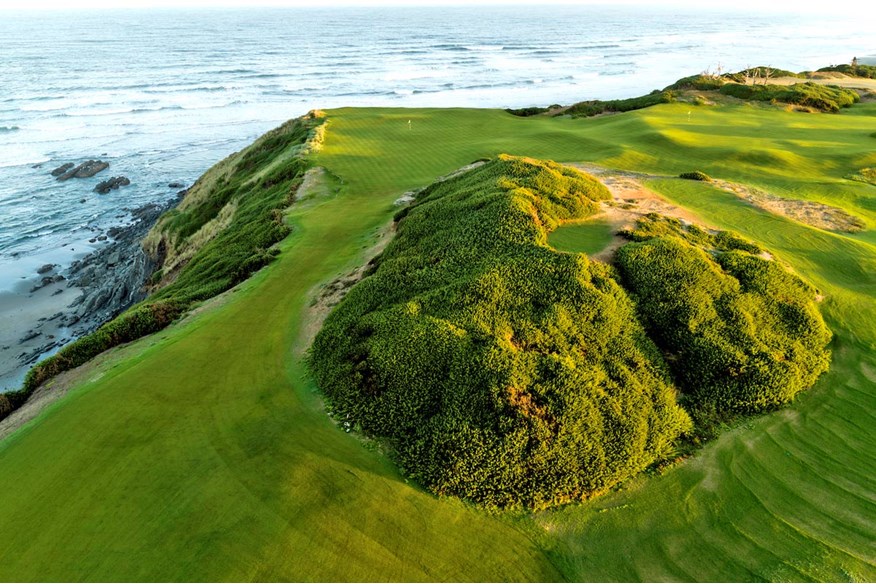
It’s hard to pinpoint exactly when and where Bandon Dunes began. Technically, it was May 2, 1999 when the eponymous first course opened for play, but something like it had floated around in Mike Keiser’s venturesome spirit and untethered imagination for many years before that.
A graduate of Amherst College in Massachusetts, Keiser spent a brief period in the US Navy and, as a self-professed ski bum in Colorado, before setting up a greetings card company with his former college roommate Phil Friedmann, in 1971. Originally called Recycled Paper Products – though not over-zealous tree-huggers, both Keiser and Friedmann had the foresight to realise the world could use a little more environmental awareness – the company started slowly in a one-bedroom apartment in Chicago, but grew rapidly.
By 1991, they reported sales of $100m. By 1996, it was $140m, and the success continued well into the new century. The partners eventually sold their company in December, 2005 for a reported $250m.
A keen and able golfer, Keiser had developed a keen interest in course architecture when playing for the college golf team at Amherst. One of his regular college hang-outs was the Orchards CC in nearby Hadley, designed by Donald Ross and whose first nine holes opened in 1922.
RELATED: The best new golf courses in Europe
By the time his company began taking off in the late ’70s, Keiser was profoundly aware that he favoured the classic, strategic design of courses like National Golf Links of America, Chicago GC where he became a member, and Pine Valley over the soulless, water-infested, over-manicured, courses that so typified golf in America and which he found banal in the extreme.
In 1986, he visited a friend in the UK with whom he travelled to Ireland to play the famous links – Keiser’s first experience of seaside golf. They played Royal County Down and Ballybunion, and Keiser was overwhelmed. “Our golf was horrendous, but it didn’t matter,” he told Stephen Goodwin, author of Dream Golf – an ode to Bandon Dunes. “I’ll never forget how I felt at Ballybunion seeing the unbelievable dunes and those holes perched above the sea. I felt as though I was discovering a different game. The links were where the game started hundreds of years ago, but I asked myself what makes these courses hold up today. They’re still fun and exciting to play.”
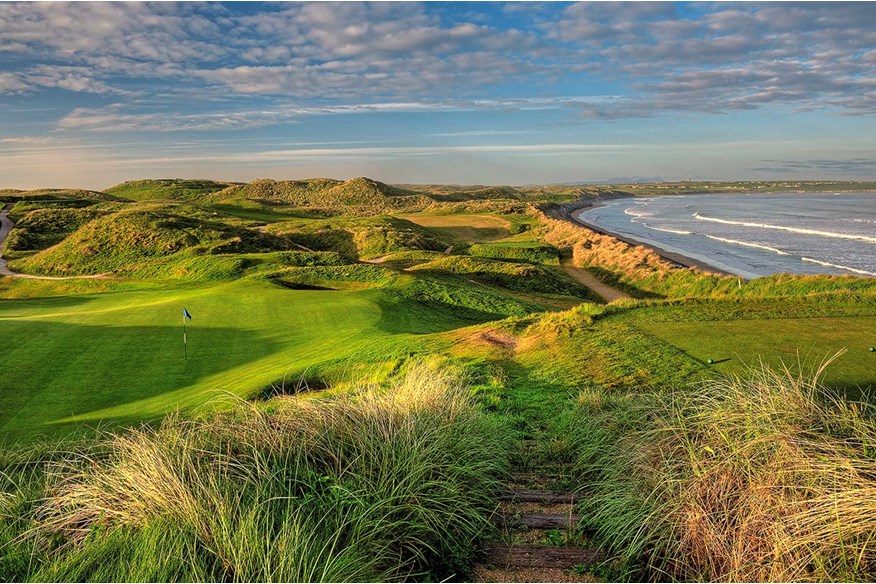
Keiser began investing in a few courses and was beginning to think about possibly owning, building, operating, or even designing one himself one day. In 1985, he paid $305,000 cash for 60 acres of sandy ground near the south-east shore of Lake Michigan in a town called New Buffalo where he owned a vacation home. He bought the property to avoid it being developed by a house-builder, though he had no grand plans for it himself. Occasionally he and his family would squeeze through the gap in the fence to play wilderness golf, but that was really all the action it saw.
Keiser became increasingly aware of the land’s potential, however, and thinking he might put it to some use, he would drive the 75 miles from Chicago at weekends with his good friend Howard McKee in order to hack away at the tangled grapevines that choked the trees.
In 1988, now fully committed to building a course on his land, Keiser hired architect Dick Nugent to lay out nine holes which opened for play the following year. Nugent and Keiser shared the same fondness for classic golf, so even when the course opened it had the look of something much, much older. It served as Keiser’s personal playground for a while but he soon formed a club which today has a 100 or so members who play about 5,000 rounds between them.
RELATED: “The modern golf course I daydream most about is Lofoten”
The main man, McKee
McKee worked for a prestigious architectural and land-planning firm headquartered in Chicago, and had undertaken some major projects in his time like building the city of Yanbu in Saudi Arabia from scratch and helping Portland optimise its public transport system. After many years living and working in Oregon, he was now back in Chicago to plan for the 1992 World’s Fair – a centennial celebration of the 1892 event which had spurred significant growth of the city. Three years into the assignment, it became clear the event was never going to happen, and McKee was ready to get out of the business and pursue something less demanding. His new friend, whose kids went to the same primary school as his own, had just the job for him.
Keiser had put out feelers for a substantial property on the east coast but had heard nothing. So he asked McKee if he would help him find land on the west coast that would satisfy his specific demands – minimum of 1,000 acres, coastal, California or Oregon, sandy soil, year- round outdoor climate, ‘breath-taking’, rivers, streams, and so on. Keiser put McKee on the pay roll to the tune of $3,000 a month.
To cut a very long story short, McKee didn’t have too much trouble finding available land. Oregon’s timber industry was experiencing a downturn and many businesses were cutting their losses and leaving town. McKee found a 12,000-acre property near Medford for which Keiser paid $2.8m cash and on which he would lay out a golf course. But it wasn’t on the
coast. Focusing his efforts nearer the ocean, McKee found a 500-acre parcel at Pistol River and 90 acres at Crook’s Point. But each site was either too small or too steep for the sort of thing Keiser had in mind.
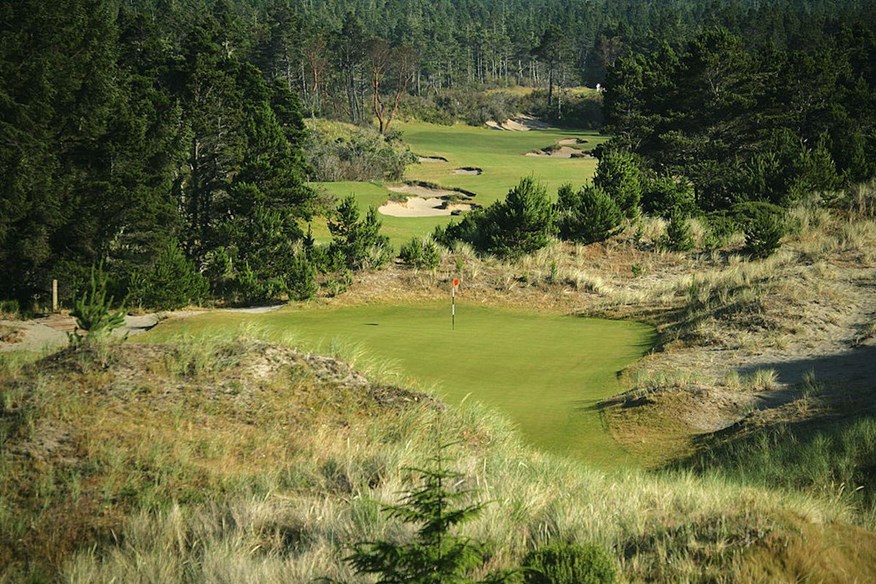
It was a frustrating period. Keiser was fully resolved to forging ahead with his plan to build a links course, but the land on which to build it was proving harder to find than expected. Then the stroke of luck, the serendipitous event that passion projects like this often need to get off the ground happened. Warren Felton, a plumber who had done some work for McKee heard all about this Chicago guy’s plans to build a golf course on the coast, was called out one morning by an estate agent named Annie Huntamer who was having some trouble with her kitchen sink. Felton told the same story he’d heard to Huntamer, who immediately thought of a 1,200-acre property up the coast near Bandon that had been on the market for some time. Felton said he thought the interested party (Keiser) was a serious buyer and would be capable of meeting the $5m asking price.
Despite the fact it was a Saturday afternoon shortly before Christmas, she had never dealt with a sale of this size, and the property wasn’t listed by the agency she worked for, Huntamer called Keiser at his home in Chicago and told him all about it. If he was irritated by the time of the call, Keiser didn’t show it and he was soon making a call of his own – to Howard McKee, asking him to get to Bandon ASAP.
RELATED: Golf Escapes 2021: The best golf breaks in the UK and abroad
McKee was 250 miles away in central Oregon and managed to charter a plane and get to Bandon that afternoon. An earthy guy called Shorty Dow who had taken care of the place since 1964 gave McKee the full tour but he wasn’t terribly impressed, reporting back to Keiser that thick layers of gorse covered much of it, and an absurdly strong wind buffeted the place the entire time. But the words ‘gorse’ and ‘wind’ perked up Keiser’s interest, so early in the new year he flew out to Oregon to have a look for himself.
The gorse, brought to Bandon by an Irishman named George Bennett in 1873, would certainly take some clearing – it was up to 15-feet thick in places and covered hundreds of acres – but Keiser didn’t take long to fall for the place. As well as the gorse and grass-covered dunes, there were stunning cliffs; wetlands; creeks; rhododendron; spruce, cedar, and pine forests; and, in the middle of it all, a collection of picturesque lakes.
After lunch, Dow took Keiser and McKee up to Back Ridge, the highest point on the property, from where Keiser could see it all with the Pacific Ocean slamming up against its western edge. “I might have whispered something impolite,” Keiser recalls now. “The view was absolutely incredible. It’s an awful cliché, but it looked like the place was meant to be a golf course.”
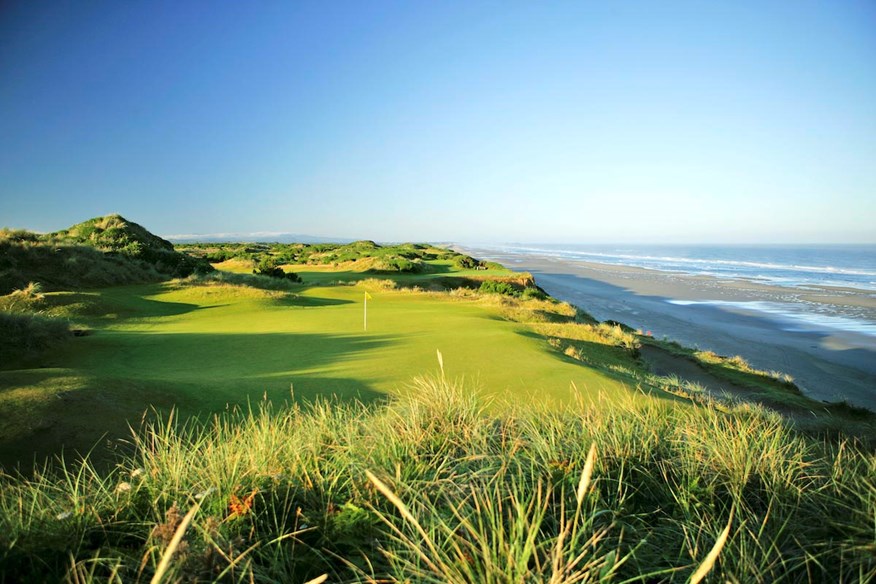
Keiser met the owners in a Seattle hotel and offered $2.4m in cash, which worked out at just under $2,000 an acre and was duly accepted. Keiser had cleared the first hurdle in buying a property large enough for his vision and which met most of his requirements. But overcoming Oregon’s strict planning laws in order to build a golf course on it would be altogether more cumbersome.
It was now that Howard McKee’s full intellect and wide range of diplomatic and technical skills became fully engaged. Over the next several years, McKee made friends with just the right government figures and convinced just the right state agencies that the golf resort Keiser was planning would be a significant benefit to the state of Oregon and that they weren’t city slickers there to make a quick buck.
In the end, though, McKee felt that winning the permits basically boiled down to clearing the site of gorse, a highly combustible weed that had been largely responsible for the village of Bandon burning down in September 1936, killing 21 people.
“The local people consider gorse an obnoxious plant,” McKee told Goodwin shortly after the Coos County Board of Commissioners altered the county’s Zoning and Land Development Ordnance on August 21, 1996 enabling Keiser to go ahead and build. “We were able to convince them that the best way to eliminate the threat of fire is to clear the gorse and grow grass in its place.”
RELATED: Golf World Top 100: Best Courses in Continental Europe
In 2006, Steve Lesnik, a close advisor to Keiser during the mid-’90s in his role as founder/CEO of Kemper Sport Management (KSM) which has operated the resort from the very start, summed up the importance of McKee’s role in gaining the State’s approval. “Howard McKee is the reason this place is so pure and pristine,” he said. “He’s also the reason it got permitted in the first place. The environmentalists trusted him. A golf resort on the coast of Oregon? I don’t think anybody else could have gotten it done.”
McKee lost his battle with pancreatic cancer in December, 2007. He might not have had much to do with the design of the golf courses, but even now, 13 years after he passed, McKee’s influence on Bandon Dunes is still felt – especially at McKee’s, the pub that bears his name. Mike Keiser is a man of precious few words, but what he does say carries a lot of weight. Asked to eulogise about what McKee means to Bandon Dunes, he is typically brief but effusive. “I did the golf and Howard did the rest. He did a pretty good job, didn’t he?”
The Gleneagles effect
The mid/late ’90s were boom years for the US golf industry, which was gearing up for the time when waves of Baby Boomers would retire and spend the rest of their lives playing golf.
Courses were opening at the rate of 400 per year, and 60 per cent of these new-builds were tied in with retirement communities and other real estate developments. It was the era in which big-name architects signed a lot of contracts saying they would show up for the ground-breaking dedication, the opening day ceremony, and maybe a couple more times in between. Jack and Arnie, Tom Fazio, and Robert Trent Jones Jr. built 100/200/300-course portfolios and the heavy machinery seldom stopped moving.
Not surprisingly, Keiser wasn’t a fan. He certainly would not be using this design-on-an-office computer approach to get his course built.
One of Lesnik’s proposals when carrying out his feasibility studies in the area had actually been to develop the west coast’s version of Myrtle Beach, the coastal town in South Carolina known for its high-volume golf scene. That suggests he didn’t know Keiser very well at the time.
Keiser considered rehiring Dick Nugent, but he was getting on in years and probably wasn’t a good fit. He asked Golf Digest architecture editor Ron Whitten, who reluctantly said no. Rick Summers, a friend from the business world who had worked with Nicklaus, was prepared to set up a meeting, but Keiser wasn’t interested. “I knew that if I hired someone like Jack, I would have very little say in how my course turned out,” says Keiser. “I wanted to be involved, and that was less likely to happen if I’d chosen a big-name guy.”
Summers had also worked with a Scottish company named Gleneagles Golf Developments (GGD), whose mission was to develop Gleneagles-style resorts around the world.
As a result of this association, Summers had got to know Jimmy Kidd, the former estates and golf courses manager at the famed Scottish resort. Would Keiser be interested in speaking with him? Absolutely. Even though the sensible thing to do on a site five hours’ drive from the nearest population centre would be to hire an architect everyone had heard of, Keiser was far more intrigued by the prospect of working with a Scottish designer very few had.
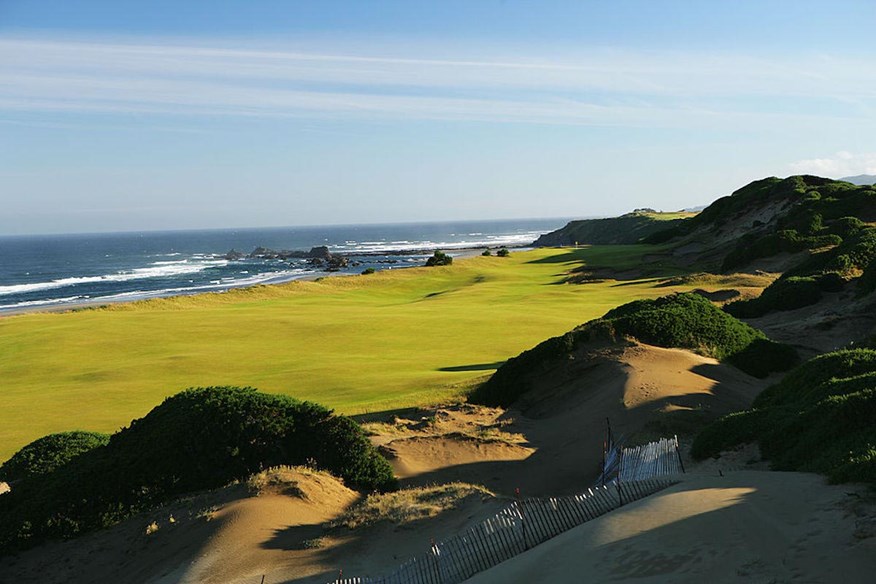
Jimmy Kidd went to Oregon in October, 1994 accompanied by his son, David. Far from tagging along to see a bit of the world with his dad, however, David was there very much in a professional capacity. Having grown up around golf and after graduating from Writtle College, an agricultural and landscape architecture college in Chelmsford, Essex, David McLay Kidd was preparing to be a golf course architect. He worked briefly for English course architect Howard Swan, and in 1991, at the age of 24, was made the director of design for GGD. Now 27, young Kidd was headed to a remote part of the USA’s west coast to meet a Chicago businessman who owned what appeared to be 1,000 acres of gorse.
Despite the untamed flora, the site’s location, and the fact the owner had very little experience at this sort of thing, the Kidds immediately saw the potential of the place. They were aware the project made little sense from a commercial standpoint and there were absolutely no guarantees, but they were exhilarated to be there.
“The excitement was there from the very first visit,” says Jimmy Kidd. “We were a little sceptical that we could build the Scottish links course that Mike wanted in America, but it was a thrilling prospect.”
Jimmy and David settled in at the $29 a night Sea Star Motel and began clearing paths through the gorse. They worked furiously, eager to see what contours lay beneath. It was incredibly difficult given how little of the ground he could actually see, but David devised a routing which the boss approved of.
RELATED: Best Links Golf Courses in Great Britain and Ireland
In November, now back in England, David drew up the plan in more detail, adding construction costs, expenses, and fees. He sent it off to Keiser expecting it to be the starting point of weeks, if not months, of heavy negotiation. As we’ve seen, though, Keiser likes to keep it short. “Your proposal of November 11, 1994 is fine,” he replied. “Let’s begin.”
A necessary land grab
Kidd was involved in another GGD project – Gokarna Forest in Nepal – in 1995, but permitting laws were somewhat less demanding in Nepal than they were in Oregon, so the job was completed relatively quickly. That enabled him to continue clearing gorse and refining the routing at Bandon Dunes even though McKee hadn’t yet won the permits.
“Mr Keiser was so certain Howard was going to come through, he instructed us to keep working,” says Kidd. The gorse disappeared slowly and holes began to emerge – the short 12th hole at first followed by the rest of the back nine. Kidd built a solid team of shapers, construction guys, and turf experts around him that included his father who played a role in the initial routing plans and turf selection, the Russell brothers – Troy and Tony – locals who could turn their hands to pretty much anything and bunker builder Roger Sheffield.
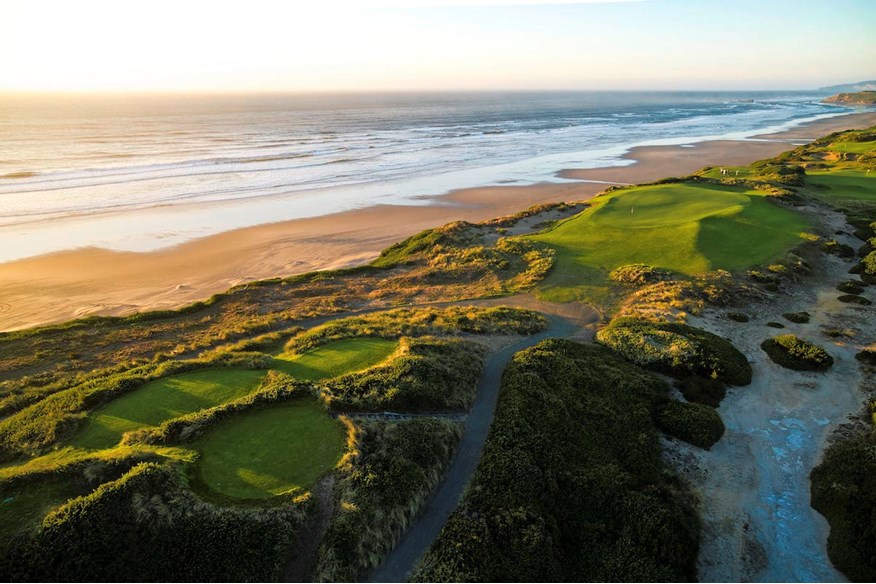
He also enlisted construction supervisor Pete Sinnott, who had worked with Keiser at the Dunes Club in Michigan and whose company would build Bandon Dunes, and lead shaper Jim Haley who had previously worked 11 years for Rees Jones and whose work on the greens and James Braid-inspired bunkers at Bandon Dunes convinced Jimmy Kidd the course would turn out well. “After all the gorse was gone and I’d seen Jim shape the 17th green, I felt very confident the course would be everything Mike hoped it would be,” he says.
Once the permits were in place, there was very little to slow the momentum Kidd and his crew had created. Disagreements between Kidd and Sinnott were unfortunate certainly but not disastrous, though there was one issue that Keiser felt needed serious attention. He wanted a course with 18 fantastic holes, but felt one or two on the front nine just weren’t going to cut it. Kidd worked tirelessly to improve the holes in question, but what he really needed were a few more acres.
Keiser had been eyeing the land immediately to the north for some time but the owner, a California lawyer who ran a horse farm there, refused to sell. Keiser was desperate though, even to the point of hiring a private detective to find out more about his adversary. It wasn’t long before news filtered through that he was in the process of declaring bankruptcy and Keiser pounced, offering $2.3m for the 400 acres, a deal the guy was in no position to refuse.
RELATED: Golf World Top 100: Best Golf Courses in Scotland
With the extra land, Kidd was now able to make the necessary improvements. The green at the bewitching 4th hole moved much closer to the ocean, the incredible par-4 5th which runs north close to the cliff’s edge became possible, and the gorgeous short 6th sat there waiting to be found. The addition of these superlative holes appeased Keiser who signed off on what was an incredible routing.
Construction began in September 1997, and the course was complete by June of the following year. Kidd and his team had certainly done their job, the course was magnificent. Now it was time for Keiser and Josh Lesnik, Steve’s 29-year-old son whom Keiser had appointed as the first general manager, to sell the place.
Having already spent upwards of $10m on land, the permitting process, architect fees, golf course and Lodge construction, and the resort’s infrastructure, Keiser didn’t apportion much money to advertising. His alternative was to send a card with a picture of the 12th hole to writers and other prominent people within the industry. It worked like a charm.
“We had writers come from every major publication in America,” says Keiser. “And they all gave us phenomenal reviews. They hadn’t seen anything like this in the US.” Golfweek ranked it 10th best modern course in the country, before it had even opened.
Others compared it to Ballybunion and Cypress Point. Even so, Lesnik and KSM were projecting some underwhelming first-year numbers. A successful new course in a populated area might record 25,000 rounds, they thought. One so far away from civilisation in a place that saw more than its share of wind and rain, and which had made the decision to be walking-only, might get half that. They set their year one projections at 12,466 rounds with a green fee of $35.
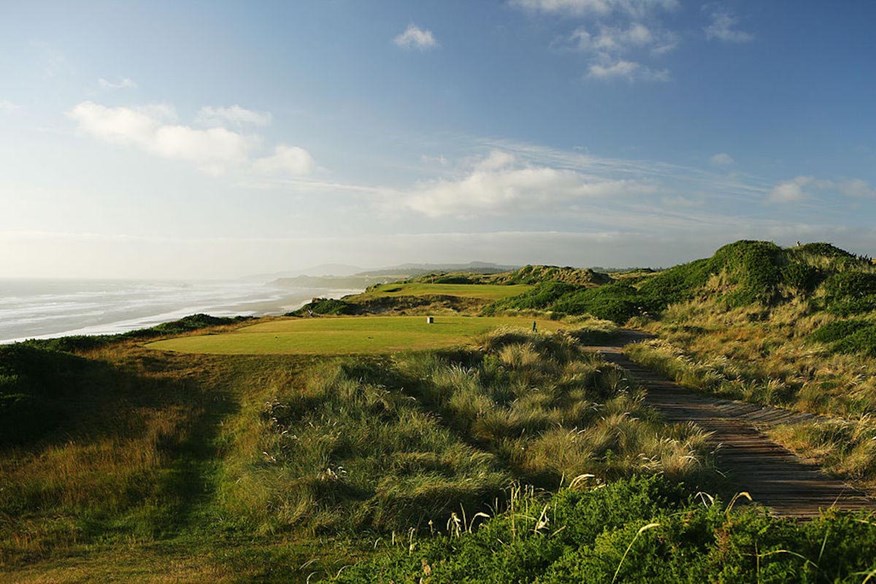
The course opened on May 2, 1999, when all but one of the 200 golfers who had signed up for the privilege of being the first green fee-payers to play it turned out, despite persistent rain. The Lodge, the resort’s first guest accommodation with its 21 guest rooms, two bars, restaurant and pro shop (there are now 17 single rooms and three four- bedroom suites), followed a couple of months later with the Lily Pond Cottages opening later in the year. And the flow of Keiser’s ‘retail golfers’ continued through the following 12 months. Instead of 12,466 rounds, Bandon Dunes recorded 22,000 at a green fee of $100. It was a first year that few could have predicted.
Two decades on, David McLay Kidd recognises the effect Bandon Dunes had on his career. “It completely changed the trajectory of my life,” he says. “Professionally, it launched my career at a very young age. I was an unknown, although my father was well-known in Europe. I had played, studied, and worked around golf my entire childhood. I’d soaked up the wisdom of dozens of Scottish greenkeepers, and Bandon Dunes gave me the opportunity to express that knowledge on their behalf, or at least that’s how it felt.” Kidd admits the immediate success came as a shock which he didn’t quite know how to handle. “It gave me a modicum of celebrity status that I wasn’t prepared for,” he says. “I was afforded so many opportunities, and I was a little thought would run out fairly quickly.”

Enter an enfant terrible
Probably the only person even slightly distressed about Bandon Dunes’ initial success was Tom Doak. The young American who had worked under Pete Dye for three years after graduating from Cornell University with a degree in Design and Landscape Architecture, wanted the Bandon Dunes job badly and must have been astonished when Keiser awarded it to an unknown Scot who hadn’t designed a single course.
Doak’s first solo effort – High Pointe in Williamsburg, Michigan – opened in 1989. It clearly betrayed his fondness for unadorned, lay-of-the-land courses and his loathing of the sort of insipid architecture that had permeated American golf for decades. After a couple more of his courses opened demonstrating a similar philosophy, Doak’s approach became known as ‘minimalism’ – a term associated with moving very little dirt in construction of a new course.
On the surface, Doak appeared to be the ideal designer for the sort of course Keiser wanted to build. But there was a snag. Having criticised many of his fellow architects’ work in print, Doak was regarded as something of a liability and too much of a risk. It was probably a wise decision. Doak had contributed dangerously blunt architecture articles to Golf Magazine between 1980 and 1993, and distributed 40 copies of his soon-to-be controversial Confidential Guide to Golf Courses to friends in 1988 in which he described Jack Nicklaus’ course at Sherwood in California as “classic Nicklaus overkill”, and Tom Fazio’s greens at White Columns CC as “absolutely vapid… clearly designed to impress the worst stereotype of the typical Atlanta yuppie golfer.”
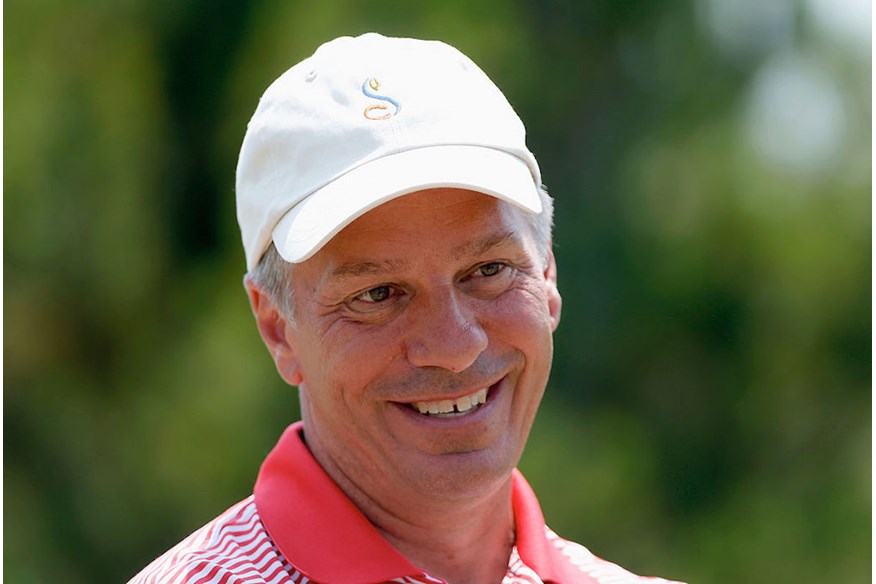
In Dream Golf, Keiser says Doak just had too many negatives, but he admired his skill and determination, if not his attitude, and was certain he wanted to give Doak his chance one day. In 1997, with construction at Bandon Dunes about to begin, Keiser travelled to Michigan and met Doak at the Alister Mackenzie-designed Crystal Downs. There, Keiser assured Doak he would build the second course.
Doak had the use of most of the 400-acre parcel north of the first course that Keiser had purchased in 1997. His right-hand man was Jim Urbina, a skilled shaper and ‘dozer-operator with an extensive knowledge of great course architecture. The two had first got their hands dirty working for Pete Dye at Plum Creek GC outside Denver, Colorado, in 1983, and when Doak left to design his own courses in 1986, Urbina went with him. Pacific Dunes, the name of the second course, would be their chance to shine.
The site was incredible – full of interesting features and appealing contours, and the project went about as smoothly as it could, especially after a major fire on the night of September 29, 1999, just as construction was beginning, wiped the ground clear of gorse. “If a destructive fire can ever be a good thing, that was it,” says Doak. “Mr Keiser had been unsure of when to begin work on the second course, but the fire made his decision for him. He really didn’t want to give the gorse a chance to grow back, so he decided to go ahead.”
RELATED: Best Courses for £60 and Under in Great Britain and Ireland
Doak just found interesting holes wherever he looked, and it wasn’t until he and Keiser had agreed on a final routing that Doak realised how unorthodox the holes’ arrangement was. The front nine had a single par 5 and solitary par 3, while the back possessed three of each including back-to-back par 3s at the 10th and 11th. “In the end we decided great golf holes was more important than a conventional configuration,” says Doak.
Consultant turf expert Dave Wilber, recently arrived from working on Kingsbarns, played an important role in optimising the course’s drainage and stabilising the dunes, allowing the course to open on July 1, 2001.
The acclaim was instant. It didn’t take long for Pacific Dunes to overtake its predecessor in the rankings, in fact, and today it sits behind only Pebble Beach in virtually every publication’s list of the best public courses in the US.
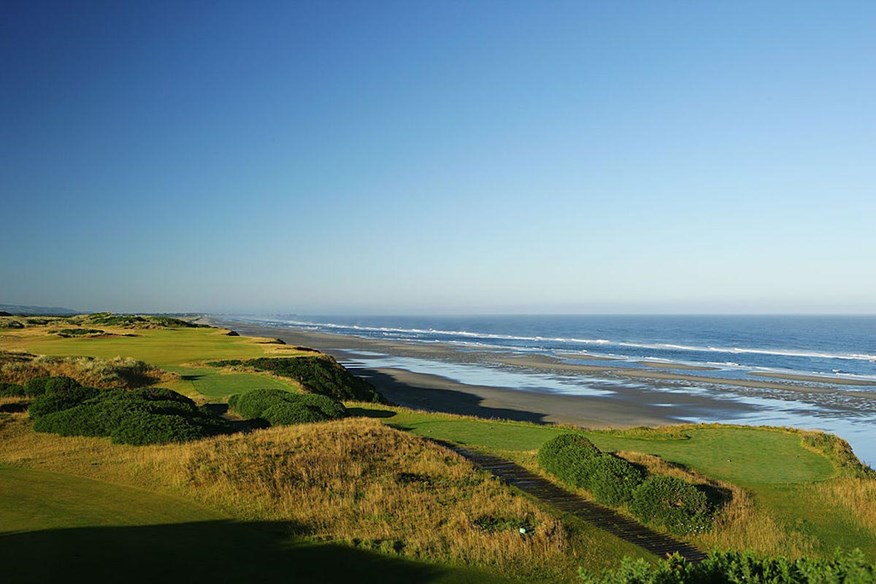
Doak had more than lived up to his billing, and his stock soared along with that of his company, Renaissance Golf. The holes along the cliffs – 4th-11th, 13th – are the obvious highlights of a truly outstanding layout, but a number of the inland holes – 2nd, 6th, 7th, 16th, 17th – are every bit as good. “I don’t want to steal the words of Harry Colt, describing Swinley Forest as his least bad course,” says Doak. “But that’s how I feel about it. And I wouldn’t change a thing.”
Masters of minimalism
In June 1995, a course called Sand Hills opened on the barren, remote, desolate Nebraska Sandhills, 300 miles west of Omaha – the nearest town with a sizeable population. Designed by Bill Coore and Ben Crenshaw, and owned by a developer named Dick Youngscap, the course was among the first to take advantage of the area’s incredible natural dunes formed roughly 8,000 years ago, and it triggered a mini construction boom that saw the addition of Awarii Dunes, Bayside, Wild Horse, two courses at Dismal River, and three at the Prairie Club.
Though extremely private with fewer than 200 members, Sand Hills’ fame spread quickly and it was soon ranked within America’s 10 best courses. Mike Keiser was an early investor, sending Youngscap a cheque sight unseen, and he monitored the club’s success with great interest. His Oregon resort would not be private, but the Sand Hills story did make clear two very important details that concerned him – if it was good enough the course could be highly-acclaimed and profitable no matter where it was located, and minimalist architecture was definitely a thing with Bill Coore and Ben Crenshaw masters in the art.
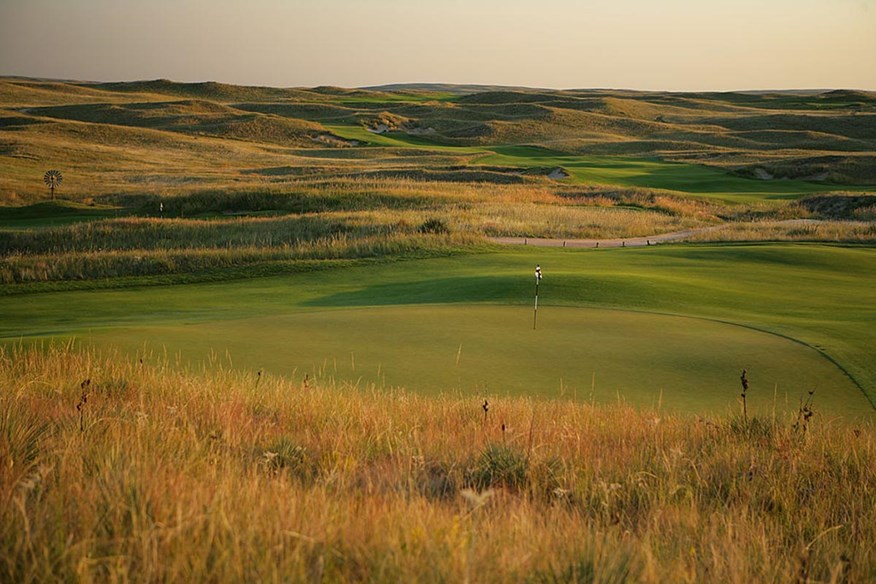
It certainly would have made sense were Keiser to hire the Texas duo to design Bandon Dunes. But the timing wasn’t right. Bill and Ben were focused on Sand Hills, and Keiser wanted to avoid looking like he was simply copying Youngscap. So he dismissed the idea, hiring Kidd and GGD instead. Then came Pacific Dunes which he had promised to Tom Doak. When the opportunity to build the third course arose, Keiser had no doubt who he wanted to design it.
Just as the success of Bandon Dunes had hastened the arrival of Pacific Dunes, so the success of the second course accelerated the need for a third. The first two courses were recording an incredible 80,000 rounds a year between them by 2004, prompting Keiser to set the ball rolling on Coore and Crenshaw’s first venture at the resort. Though he was certainly eager to sign them, Keiser warned Coore the site would not be on the ocean but rather inland, in the forest to the south-east of the lodge. “I told Mike I’d be happy to come and have a look,” remembers Coore. “So I went out there and spent a few days just wandering. I thought the site was very interesting. I knew it would be difficult to repeat the success of the first two courses because it wouldn’t be on the ocean but I thought there was enough interest to make a great course.”
RELATED: Golf World Top 100: Best Golf Courses in England
The thinking, initially, was that all 18 holes would be in the forest east of Back Ridge, but Coore walked over some mesmerising dunes and a fetching meadow-like area to reach the forest on his daily walk, and he wanted to include all of it. “It would be a journey – from dunes to meadow to forest, back to meadow and finishing in the dunes. Had it finished in the forest, it wouldn’t have worked nearly as well as it does. As you play the 1st, you can see the 18th in the dunes to your left, so you know you’re coming back eventually. Some great courses travel through different environments, some bad ones do too. There are plenty of great courses that play over a single environment, bad ones too. Bandon Trails was one of the most beautiful, diverse, and interesting sites we’ve ever worked on.”
It opened in June 2005 but, not surprisingly perhaps, took a while to catch on. The quality of the design was beyond question, but its location meant it was unlikely to be as popular as its neighbours. Coore expected as much but was confident it would gain recognition in time. “I knew it would be perceived as ‘the third course’ and lose points for not being a links like the others, but I also believed it would rise in people’s estimation through the years.”
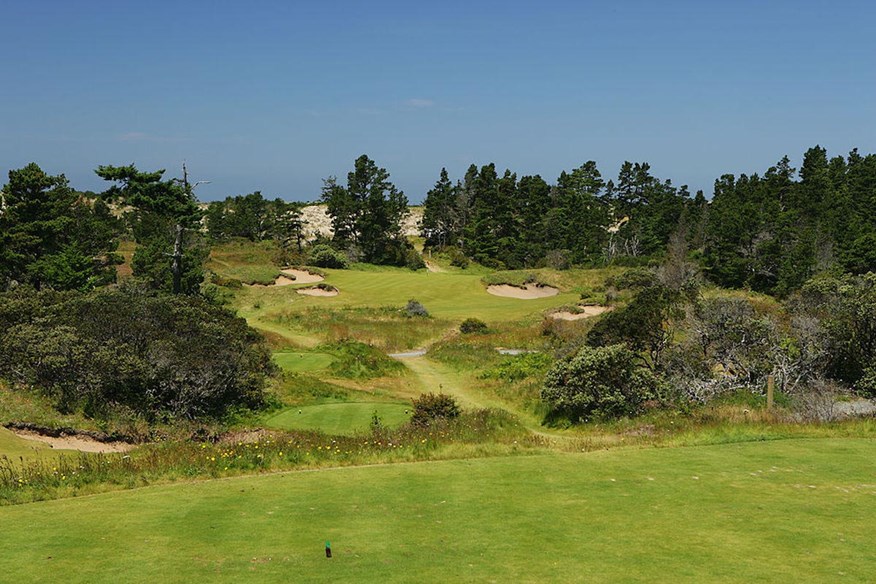
He’s right, of course. The resort doesn’t reveal the course popularity rankings, but through word of mouth and comments on social media, it’s evident the four 18-hole courses share about the same level of support. One of Trails’ biggest fans is PGA Tour Live commentator Shane Bacon. “I just feel a real peacefulness out there,” he says. “It’s a serene walk, and the whole journey is a build-up. Certain holes feel so different to anything else at the resort. It would be an amazing place to just walk without clubs. It’s just very special.”
Old Macdonald
By 2008, Bandon Dunes Golf Resort comprised three excellent courses and five lodging options – The Lodge and Lily Pond Cottages, Chrome Lake Lodge, Grove Cottages and The Inn, but Keiser wasn’t done yet. Not even close. He had purchased another 1,925 acres in 2003, and had been struck by the idea of building a tribute to Charles Blair Macdonald, the first US Amateur champion and a course designer who had studied at St Andrews University. Macdonald was widely considered the ‘Father of American Golf ‘, and Keiser had long admired his courses.
RELATED: Golf World Top 100: Best Golf Courses in Wales
Keiser’s homage would include the template holes Macdonald regarded as ideal, and which had been inspired by holes he had seen during his trips to Britain and France between 1902 and 1906. Besides Doak, Jim Urbina would be an important part of the design team which also included Macdonald historian George Bahto and Karl Olson, the then superintendent at National Golf Links of America.
It opened in June 2010 on gloriously open, undulating ground north of Pacific Dunes. Old Macdonald was the first course at Bandon Dunes to be grassed entirely with fescue – no poa annua or colonial bent. The fairways are particularly firm as are the huge, rolling greens that run typically smooth and quick. Outstanding holes include the par-4 3rd where a lone Port Orford cedar known as the Ghost Tree guards the left side of the fairway, the 7th which climbs to a clifftop green, the Biarritz green 8th, the Road Hole 11th, short Redan 12th, and the awesome Alps rendition at the 16th.
The nose on your face
Bandon Dunes started strong 21 years ago, and just kept getting better and better as the years went on. It is likely to reach another level with the opening of the Sheep Ranch. Besides Mike Keiser, without whose vision and resolve the coastline north of the village of Bandon would probably still be covered in gorse and of little benefit to anyone, one of the most important figures behind the Bandon Dunes success story has been Scotland’s own David McLay Kidd who did a brilliant job creating the original course.
Kidd says he is often asked by owners how they can make their own properties as successful as Bandon. He replies that there’s no great secret. “Its success is a product of characteristics as obvious as the nose on your face,” he tells them. “It’s raw, pure, natural, sincere, and uncontrived. It’s real.
“In an effort to attract customers, owners often quickly dilute what they have into something phony or false. Golfers yearn for unique and authentic. Bandon Dunes delivers.”
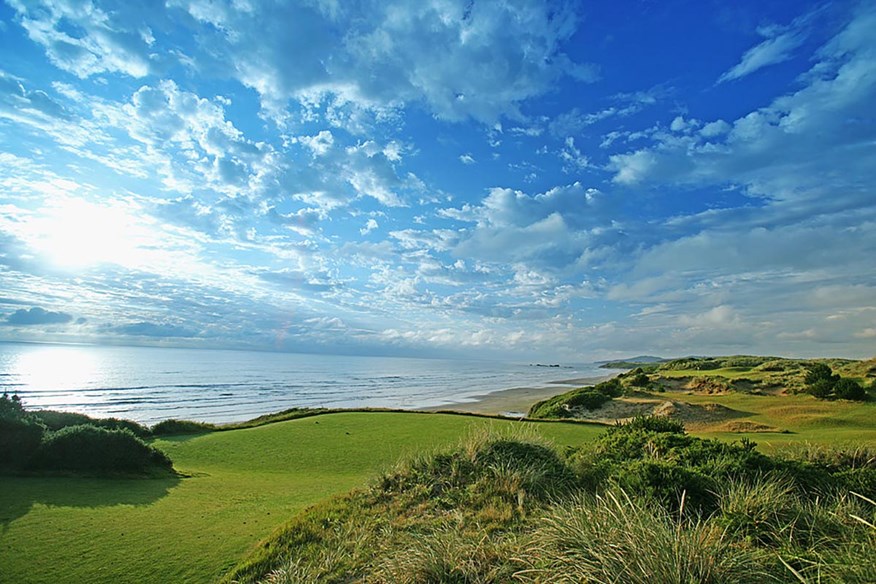
Visiting Bandon Dunes
How to get there
Bandon lies just off Highway 101, a 10-minute drive from the seaside town of Bandon and a 35-minute drive from Southwest Oregon Regional Airport in North Bend. The airport is served by flights from Denver and San Francisco. That’s the easy part of your journey. The harder part is getting to either of those airports – from London it’s a 10-hour flight to the former, 11-and-a-bit to the latter.
Where to stay
It being a long way to go, you’ll need lodging. Happily, you have multiple options here, including cottages, secluded buildings and a coastal lodge. Rates vary and are too numerous and nuanced to cover here. For full details, visit www.bandondunesgolf.com
Pricing
Rates for the five courses – Bandon Dunes, Pacific Dunes, Bandon Trails, Old Macdonald and Sheep Ranch – run from $100 out of season (Nov, Dec, Jan) up to $295 during the peak (July-Sept) for resort guests. For day guests, it ranges from $135 to $345.
READ NEXT: Golf World Top 100: Best Golf Resorts in Continental Europe
-
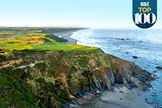 Bandon Dunes is the world's best golf resort.
Bandon Dunes is the world's best golf resort.
-
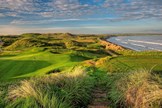 The stunning Ballybunion Old.
The stunning Ballybunion Old.
-
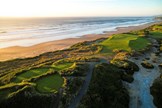 Bandon Dunes is the world's best golf resort.
Bandon Dunes is the world's best golf resort.
-
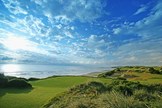 Bandon Dunes is the world's best golf resort.
Bandon Dunes is the world's best golf resort.
-
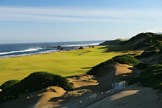 Bandon Dunes is the world's best golf resort.
Bandon Dunes is the world's best golf resort.
-
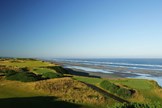 Bandon Dunes is the world's best golf resort.
Bandon Dunes is the world's best golf resort.
-
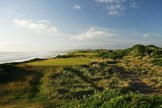 Bandon Dunes is the world's best golf resort.
Bandon Dunes is the world's best golf resort.
-
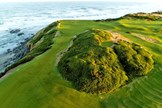 Bandon Dunes is the world's best golf resort.
Bandon Dunes is the world's best golf resort.
-
 Bandon Dunes is the world's best golf resort.
Bandon Dunes is the world's best golf resort.
-
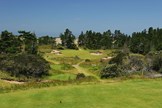 Bandon Dunes is the world's best golf resort.
Bandon Dunes is the world's best golf resort.
-
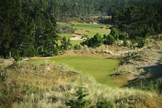 Bandon Dunes is the world's best golf resort.
Bandon Dunes is the world's best golf resort.
-
 Golf course architect David McLay-Kidd.
Golf course architect David McLay-Kidd.
-
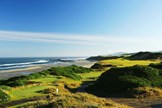 Bandon Dunes is the world's best golf resort.
Bandon Dunes is the world's best golf resort.
-
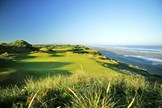 Bandon Dunes is the world's best golf resort.
Bandon Dunes is the world's best golf resort.
-
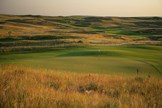 Sand Hills, Nebraska.
Sand Hills, Nebraska.
-
 Tom Doak
Tom Doak
